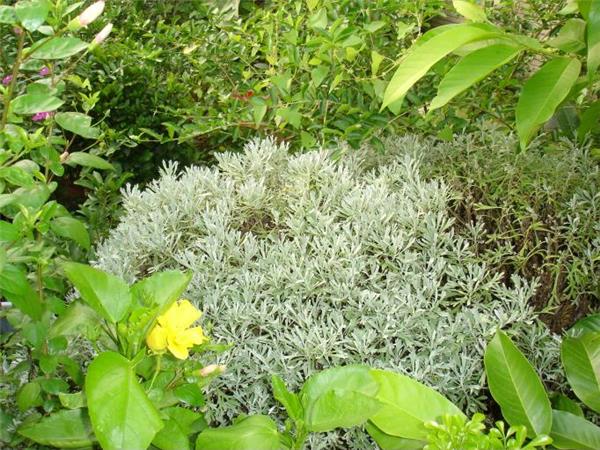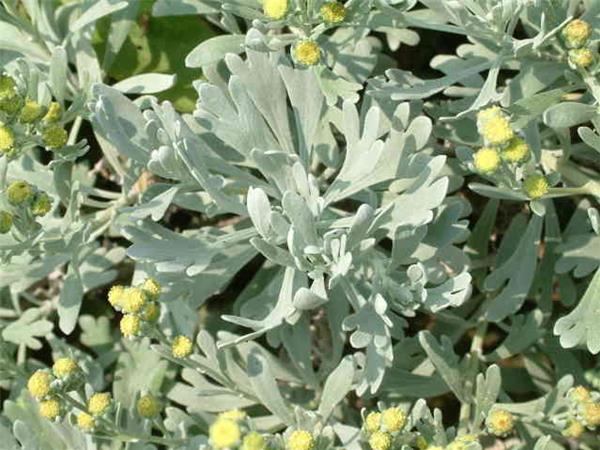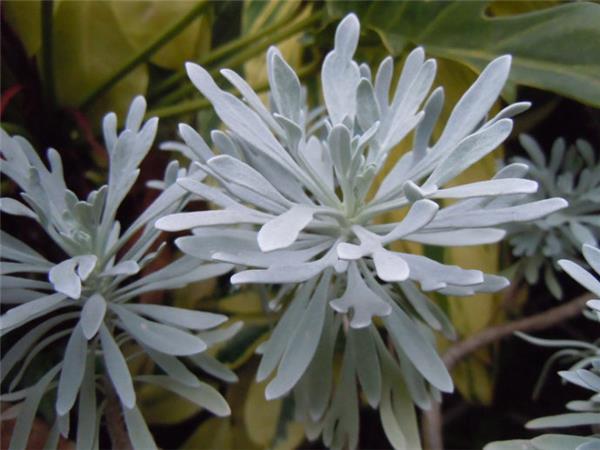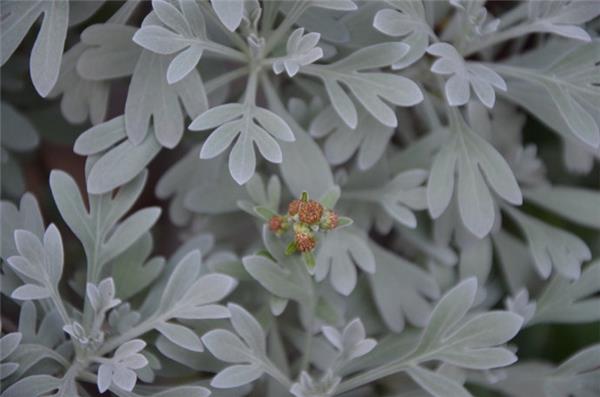Detailed explanation of bonsai production and maintenance methods of jade hibiscus
Jade hibiscus is a kind of beautiful and colorful plant in leaf shape. The bonsai made with it is mainly reflected in viewing piles and leaves. Let's take a look at it.

Bonsai production of jade hibiscus
Culture soil: the root system of Hibiscus jade is well developed and the plant shape is larger, but when potted, due to the limitation of flowerpot container, its root system can only move in a very small soil range. Therefore, the pot cultivation of Hibiscus hibiscus has strict requirements on the soil, and it is necessary to prepare the culture soil manually. First of all, select raw materials, such as garden soil, rotten leaf soil, river sand, peat, barnyard manure, etc.; secondly, determine a reasonable ratio: such as 5 parts of garden soil, 3 parts of rotten leaf soil, 2 parts of slag ash and farm manure; finally, chemical disinfection or heating disinfection can be carried out in order to kill the bacteria in the culture soil.
Transplanting: in order to prevent crowding, the seedlings should be transplanted in open field, protected field or pot maintenance in time. Note that seedlings are generally not suitable for potted plants. Because the seedlings grown in pots are not as fast and robust as those planted in the ground, and their roots are well developed. Therefore, potted jade hibiscus usually uses more than 1-year-old formed piles.
Upper pot: more than one-year-old molded cuttings are transferred to the mud basin or bonsai basin for cultivation. When potting, pay attention to the flower seedlings and the size of the flowerpot, and pay attention to protect the integrity of the molded root system.
Pruning: it can be trimmed into a natural turning back, layered cloud, recumbent shape, there are generally 3-4 main branches, divided into 3-4 layers, the lower layer is larger, the upper layer is smaller, the lowest branch can also be integrated into a relatively long floating branch, overhanging the lower part of the basin. Plastic surgery should be carried out in March to April and August to September in the slow growth period. The branches of jade hibiscus are thin and brittle. Plastic surgery should be careful and the force should not be too strong.

Bonsai maintenance of jade hibiscus
Light: Jade hibiscus likes plenty of sunshine and is not resistant to shade. Even in hot summer, there is no need for shade. Direct sunlight is more conducive to the good growth of jade hibiscus, and improve the ornamental. If the light is not enough, the branches and leaves of jade hibiscus will grow only, the plant shape will be loose and not compact, and the leaf color will change from silver to light green. If you need to move into the shade of the room to watch, it can only be a short period of time, in order not to affect the growth of the plant. However, the young plants in the seedling stage are afraid of the scorching sun, so they should pay attention to proper shading.
Watering: Jade hibiscus resistant to drought, not resistant to water collapse, watering to master "rather dry than wet", do not let the basin soil too wet and waterlogged accumulation. Usually water thoroughly, spray water to jade hibiscus when the air is dry, increase air humidity and avoid scorching leaves. Drainage and waterlogging prevention should be carried out in time in the rainy season, otherwise the stagnant water in the basin soil will easily lead to the rot of the root of Hibiscus jade. The jade hibiscus placed outdoors should be checked in time after the rain and the stagnant water in the basin should be emptied. When it is low in winter, more attention should be paid to the control of runny water.

Fertilization: like fertilizer, fertilization should grasp the principle of thin first and then concentrated, small amount and reasonable cooperation of nitrogen, phosphorus and potassium. During the growing period, cake fertilizer and water were applied every 10 to 15 days, and phosphorus and potassium fertilizer was applied in the late growth stage and post-flowering period, and 0.2% urea plus 0.1% potassium dihydrogen phosphate was sprayed on the leaves. The use of organic fertilizer must be rotten, high temperature weather should stop fertilizer or apply a small amount of inorganic fertilizer. Potted jade hibiscus should be changed every 2 years, and base fertilizer should be applied in autumn or when changing pots. Generally, rotten cake fertilizer or stable fertilizer should be used, 20 grams per pot.
Diseases and insect pests: strong disease resistance, few diseases and insect pests, common leaf black spot or brown spot, powdery mildew, aphids, red spiders, shell insects and leaf-eating pests, etc., to check and control in time, leaf spot disease can be controlled with 50% carbendazim or 75% chlorothalonil 800-1000 times, powdery mildew can be controlled with triadimefon 1000 times. The aphids of jade hibiscus are heavier, and they should be sprayed 1000 times as much as imidacloprid once found. The scale insects were sprayed 2-3 times at a speed of 1000 times from May to July of the larval stage. The red spider is controlled by 2000 times with 15% mite net EC.

Jade hibiscus potted culture is suitable for balcony, indoor, courtyard cultivation and viewing, the leaves are touched by hand, and the aroma is striking, like moxa and wild chrysanthemum, making people cool and comfortable, refreshing and refreshing, so it is gradually becoming a more and more popular indoor potted ornamental plant.
- Prev

Is the hibiscus tree the same as the hibiscus flower? introduction to the knowledge of hibiscus tree
Is the hibiscus tree the same as the hibiscus flower? introduction to the knowledge of hibiscus tree
- Next

When is the lilac blooming? when is the lilac blooming?
When is the lilac blooming? when is the lilac blooming?
Related
- Wuhan Hospital Iron Tree Blooming Result Was Instantly Frightened by the Gardener Master
- Which variety of camellia is the most fragrant and best? Which one do you like best?
- What is the small blue coat, the breeding methods and matters needing attention of the succulent plant
- Dormancy time and maintenance management of succulent plants during dormancy
- Minas succulent how to raise, Minas succulent plant pictures
- What are the varieties of winter succulent plants
- How to raise succulent plants in twelve rolls? let's take a look at some experience of breeding twelve rolls.
- Attention should be paid to water control for succulent plants during dormant period (winter and summer)
- Watering experience of twelve rolls of succulent plants
- Techniques for fertilizing succulent plants. An article will let you know how to fertilize succulent plants.

